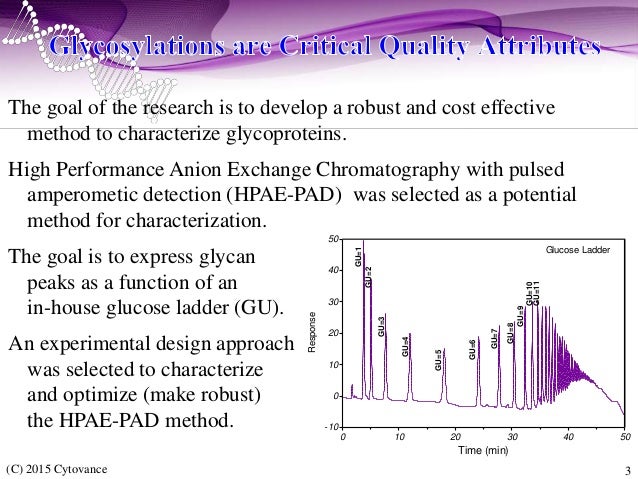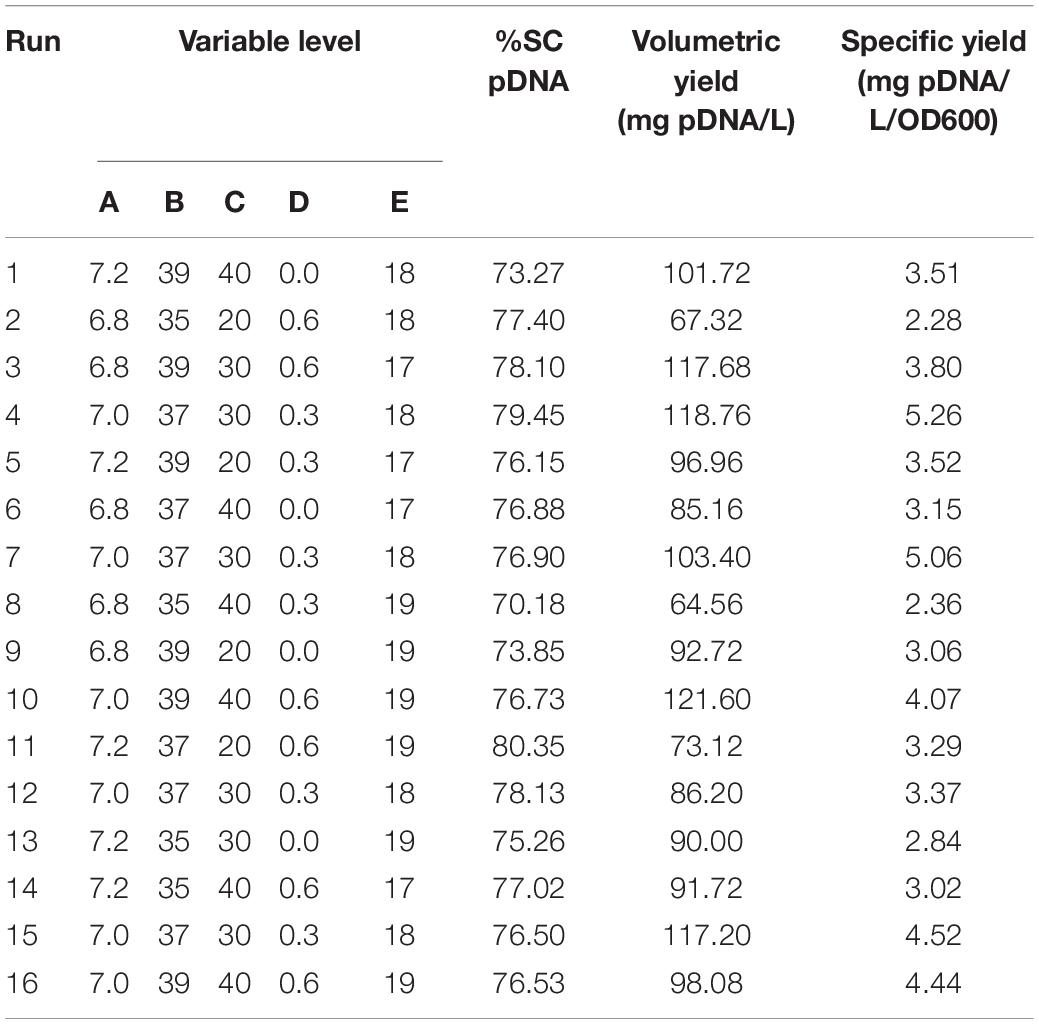Table Of Content

There is a constant term, 5 main effects, 10 2-factor interactions, and 5 quadratic terms. Obviously, 13 runs is not sufficient to estimate this entire model, so only a subset may be fit. Consider the first two rows of the array, the second row is a mirror (folded over) image of the first row (with all signs systematically changed). This is based on a well known technique to convert a screening design into a resolution IV factorial design (so that all main effects are clear of any alias). The analysis stage is more complex than in standard factorial DOEs, since DSDs are often fully saturated designs and interactions as well as quadratic terms are partially confounded. They tend to work well when the “sparsity” principle applies, with an underlying model that is not too complex when compared to the very large number of initial candidate terms.
Main navigation
The engineers consider a resolution III fractional factorial and a definitive screening design because they expect that an adequate model could have a square term for 1 or more factors. The resolution III fractional factorial design has only 11 runs in a single replicate with 3 center points. However, if the engineers need to add axial runs to estimate square terms, the resolution III fractional factorial design grows to 25 runs.
Re: Simulate A Definitive Screening Design 1000 times.
Advanced 3D Design Technology Co-Optimization For Manufacturability - SemiEngineering
Advanced 3D Design Technology Co-Optimization For Manufacturability.
Posted: Mon, 30 Apr 2018 07:00:00 GMT [source]
[3] By fitting a model including all the MLEs and excluding the intercept. The predicted Y values (YME) will be used to identify the MLEs in part 1 and the orthogonal, or uncorrelated, residual Y values (Y2nd) used to identify the 2nd order effects in part 2. The most notable feature of this cell plot is that all the cells are either pure blue or red. Every pair of columns is either completely uncorrelated or completely confounded.
Simulate A Definitive Screening Design 1000 times.
If you are the author of this article, you do not need to request permission to reproduce figures and diagrams provided correct acknowledgement is given. If you want to reproduce the whole article in a third-party publication (excluding your thesis/dissertation for which permission is not required) please go to the Copyright Clearance Center request page. Recently the American Society for Quality (ASQ) named the winners of the 2012 Brumbaugh Award.
Rheological temperature sweeping in a quality by design approach for formulation development and optimization - ScienceDirect.com
Rheological temperature sweeping in a quality by design approach for formulation development and optimization.
Posted: Tue, 10 Sep 2019 07:00:00 GMT [source]
Accessory dwelling units (ADU) must meet City requirements that keep buildings safe and neighborhoods livable. Table 1 Definitive screening design for eight three-level factors. Because B was the smallest term in the model on the Pareto chart, the engineer excludes B from the model.
Your construction will need an energy inspection as well as other building inspections to verify that your electrical, mechanical, and plumbing work meets the code. Under the Local program, up to 25% of an existing unit’s ground floor or basement’s habitable space can also be converted. If you have a duplex or a 2-unit building and you are adding 1 unit, your property will change from an R-3 occupancy to an R-2.

Expanding my building
Unlike fractional factorial designs in which some terms are fully confounded, Definitive Screening Designs provide estimates of two factor interactions with partial confounding. Interactions are also partially confounded with quadratic terms. In a DSD, however, all main effects are clear of any alias (not confounded with any other term) just like resolution IV fractional designs (learn more about resolutions in factorial designs here). Definitive screening designs (DSDs), introduced by Jones and Nachtsheim (2011), have a special 3-level, fold-over and alias-optimal structure with many desirable combinatorial properties in addition to being resource efficient [1].
The traditional approach to designing experiments is to start with a screening design to screen out the important main effects, then transform this screening design into a resolution IV design to study the interactions. Constructing definitive screening designs using conference matrices. Thanks to that, no two factors interaction will be aliased with any main effect in a DSD, although two factor interactions are (partially) confounded with one another. In DSDs, second order effects are also partially confounded with two factor interactions and with one another, but main effects are protected against any confounding. Figure 2 shows the cell plot for the fractional factorial design. DSDs may be considered as a multipurpose, very flexible type of DoE.
The DSD for the 6 continuous Esterification parameters is displayed below. Without running additional experiments, it is possible to get a reasonable estimate of the response surface in any 3 factors. Notice that the VIFs are relatively low, so the fitted model could well be used for process optimization. To fit such a model after running a 2-level fractional factorial design, additional experiments would need to be done, such as adding star points to create a central composite design.
Homeowners often hire an architect or designer to create the plans. A research team wants to screen 8 factors down to a smaller set for further experimentation. The randomised minimum run DSD for the Esterification case study is displayed below together with the two-part and combined analysis of the product data. We expect that, out of a very large number of potential terms, only few among them will eventually turn out to be really significant. The Pareto chart correctly identifies the active terms in the model from which the data were generated. In patients with non–small cell lung cancer (NSCLC) who have metastases to the brain only, definitive treatment to the primary site improved overall survival outcomes following stereotactic radiosurgery, a retrospective analysis found.
So there are additional fire safety rules you will have to follow if you are adding a unit to a 2-unit building. We will take you through these requirements in the Fire Safety section. The Guidelines also suggest opportunities for residential designs to further San Francisco’s goal of environmental sustainability. A class of three-level designs for definitive screening in the presence of second-order effects.

No comments:
Post a Comment